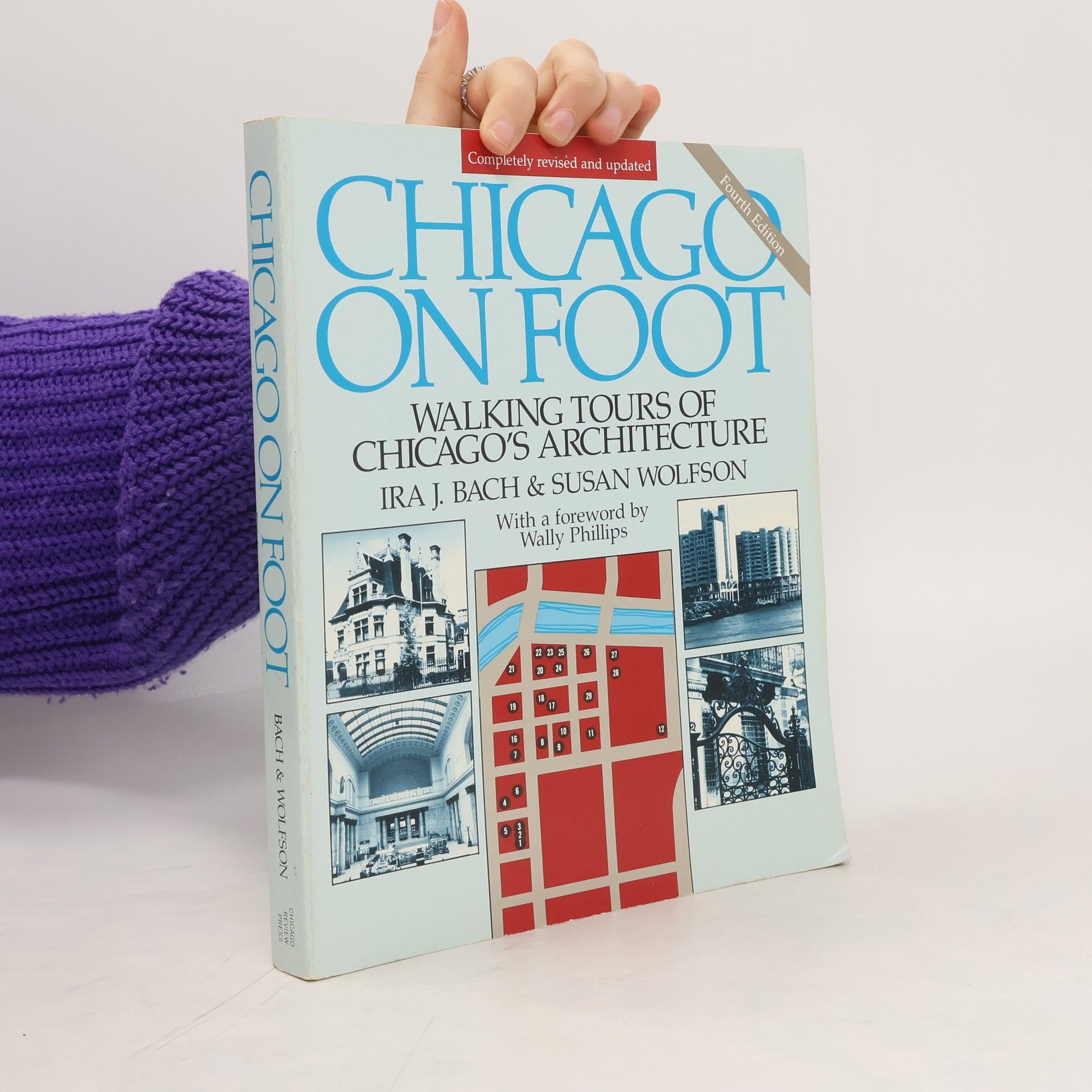Chicago on Foot
- 450pages
- 16 heures de lecture
Book by Bach, Ira J., Wolfson, Susan, Cornelius, James






Book by Bach, Ira J., Wolfson, Susan, Cornelius, James
Mary Wollstonecraft's A Vindication of the Rights of Woman (1792) made a pioneering and durably influential argument for women's equality. Drawing on extensive experience teaching and writing about Wollstonecraft, Susan J. Wolfson provides fresh perspectives both for first-time readers and those seeking a nuanced appreciation of her achievements.
Renowned scholar Susan J. Wolfson assembles seventy-eight selections-some beloved, others less well known-that illuminate the brief, extraordinary career of John Keats. Lively commentaries showcase the poems' form, style, layers of meaning, and relevant contexts, offering a chronicle of Keats's artistic evolution.
Often we act neither for our own sake nor out of duty or an impersonal concern for the world. Rather, we act out of love for objects that we rightly perceive as worthy of love - and it is these actions that give meaning to our lives. This title states that this kind of meaningfulness constitutes a distinctive dimension of a good life.
The First of a New Genus
The book offers fresh insights into Mary Wollstonecraft's groundbreaking argument for women's equality, presented in her 1792 work. Susan J. Wolfson draws on her extensive experience with Wollstonecraft's writings and teachings to enhance understanding for both newcomers and those familiar with her contributions. This exploration highlights the enduring influence of Wollstonecraft's ideas and encourages a deeper appreciation of her role in advocating for women's rights.
John Keats (1795-1821), one of the best-loved poets of the Romantic period, is ever alive to words, discovering his purposes as he reads - not only books but also the world around him. Leading Keats scholar Susan J. Wolfson explores the breadth of his works, including his longest ever poem Endymion; subsequent romances, Isabella (a Boccaccio tale with a proto-Marxian edge admired by George Bernard Shaw), the passionate Eve of St Agnes and knotty Lamia; intricate sonnets and innovative odes; the unfinished Hyperion project (Keats's existential rethinking of epic agony); and late lyrics involved with Fanny Brawne, the bright (sometimes dark) star of his last years. Illustrated with manuscript pages, title-pages, and two portraits, Reading John Keats investigates the brilliant complexities of Keats's imagination and his genius in wordplay, uncovering surprises and new delights, and encouraging renewed respect for the power of Keats's thinking and the subtle turns of his writing.